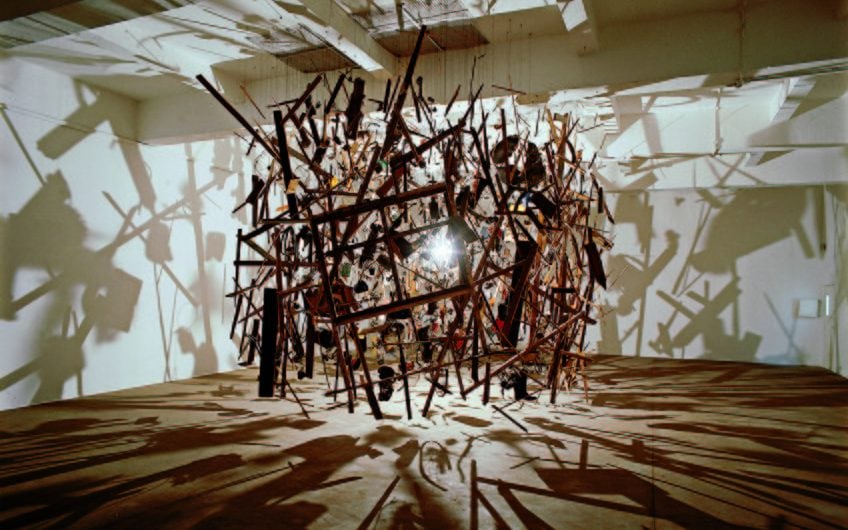We’ve all felt it: stepping into a space that transports us to another world, time, or even universe. These are themed environments – spaces meticulously crafted to bring an imaginative vision to life. Behind these incredible environments lies a combination of art, design, technology, and a touch of genius. But how do they turn imagination into reality?
The Magic of Design
Every themed environment begins with a vision. Designers first create a conceptual framework, sketching out their ideas, choosing themes, and envisioning the desired experience. This stage is crucial, as it sets the tone and direction for the entire project. The design team ensures that each element, from the tiniest decorative detail to the overarching theme, aligns cohesively with the imagined world.

Marrying Art with Technology
As technology advances, so too does the potential for creating themed environments. Artists and engineers work hand-in-hand to incorporate cutting-edge tech, like augmented reality, virtual reality, and projection mapping, into their designs. These tools elevate the experience, making the fantastical seem real and tangible. It’s no longer just about painting a mural; it’s about creating an immersive world.
Craftsmanship and Authenticity
A themed environment’s believability hinges on its authenticity. This means using the right materials, crafting with attention to detail, and ensuring every piece, from flooring to furniture, fits the narrative. For example, a medieval castle setting won’t convince anyone with plastic walls and LED torches. The craftsmanship should be so intricate that it’s easy for visitors to suspend their disbelief and dive into the narrative.
The Role of Storytelling
Central to every themed environment is a story. It might be explicit, like a fairytale village, or more abstract, like an ambiance of a tropical paradise. However, regardless of its nature, the narrative drives the experience. The storyline shapes every decision, ensuring that each component supports and enhances the overarching theme. An environment without a story becomes a disjointed collection of objects; with a story, it becomes a living, breathing world.

Visitors: The Final Piece
While designers, artists, and engineers play vital roles in bringing a themed environment to life, it remains incomplete without visitors. It’s the visitors who interact with the space, bringing energy, emotion, and dynamism. Their reactions, interactions, and even the paths they choose can shape the ongoing development of the environment. In many ways, visitors become co-creators, continuously redefining the narrative through their experiences.
A Testament to Human Creativity
Themed environments also stand as a testament to human creativity and our insatiable desire to explore beyond the confines of our everyday reality. They challenge the boundaries of what’s possible and remind us of the power of imagination. Whether it’s the enchanting realms of theme parks, the detailed settings of movie sets, or the dreamy escapes of immersive art installations, themed environments are a celebration of humanity’s ability to dream big and transform the abstract into the tangible. Each themed space is a canvas where imagination meets reality, and the results are nothing short of magical.

Final Words
Turning imagination into reality is no small feat. It takes a fusion of design, technology, craftsmanship, storytelling, and the vibrant energy of its visitors. Themed environments are more than just decorated spaces; they are the tangible manifestation of dreams and fantasies. And behind every corner, beneath every stone, lies the genius of those who dared to dream and make their vision a reality.





